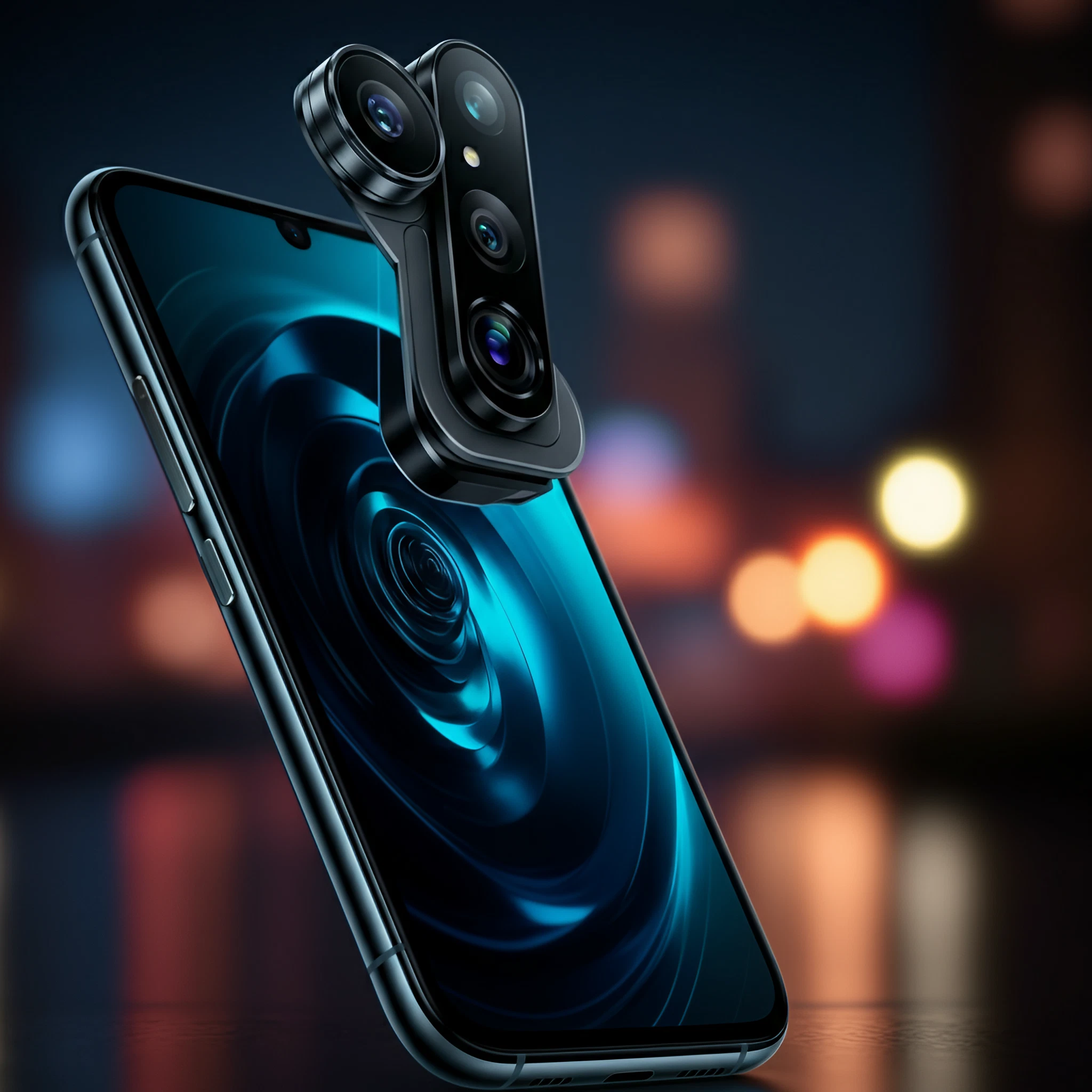When Apple unveils a new iPhone, one of the star attractions is always its camera. With the release of the iPhone 16e, Apple has entered a new chapter, offering this model as its budget-friendly alternative while boasting some impressive camera features. But how does the iPhone 16e camera compare to its siblings, the iPhone 16 and iPhone 16 Pro? Let’s break down the specs and features to see where the 16e shines and where it might fall short.
Megapixel Count and Sensor Size
Main Camera:
The iPhone 16e features a 48MP wide camera, which might seem identical to the main cameras of the iPhone 16 and 16 Pro. However, the sensor behind this 48MP lens is smaller in the 16e, which directly impacts its ability to capture finer details, especially in low light.
Ultrawide and Telephoto:
Unlike the iPhone 16 Pro, which has an ultrawide and telephoto lens for versatility, the 16e sticks to a single wide lens. That means users won’t have access to features like macro photography or advanced optical zoom, making the iPhone 16e more similar to older non-Pro iPhones in this area.
Aperture and Low-Light Performance
The aperture size plays a significant role in determining how much light the camera can capture, which is especially critical for low-light shooting.
- The iPhone 16e’s main camera offers an f/1.6 aperture, which is similar to the standard iPhone 16.
- However, the iPhone 16 Pro edges ahead with an f/1.78 aperture and sensor-shift optical image stabilization, helping it perform significantly better in challenging lighting conditions.
Low-light shots on the 16e may appear grainier with reduced clarity, particularly when compared to the Pro model. The lack of Night mode for Portrait images on the 16e is also a notable omission.
Video Recording Capabilities
When it comes to video, Apple continues to lead the pack—but the iPhone 16e faces some limitations compared to its siblings:
- Resolution and Frame Rates: The 16e supports up to 4K video recording at 60fps, keeping it competitive for general users. It lacks, however, advanced video modes like Cinematic Mode and Action Mode found in the iPhone 16 Pro.
- Stabilization: A significant drawback of the 16e is its lack of sensor-shift stabilization, which affects video smoothness, especially during motion-heavy scenarios.
Zoom Capabilities
While the iPhone 16 Pro boasts telephoto zoom functionality, the iPhone 16e and iPhone 16 rely solely on digital zoom. The 16e offers an enhanced digital zoom, but the lack of optical zoom means quality deteriorates as you zoom in. Photography enthusiasts may find this a dealbreaker if sharpness in zoomed-in shots is important to them.
Advanced Software Features
Apple’s computational photography is one of the reasons its cameras stand out. While the iPhone 16e benefits from Apple’s A18 chip for advanced image processing, it lacks some of the cutting-edge software features available in its more expensive siblings, such as:
- ProRAW: Available on the iPhone 16 Pro for professional-level editing.
- Cinematic Mode: Offers shallow depth-of-field effects in videos for the iPhone 16 Pro.
- Spatial Photo/Video Capture: Missing from the iPhone 16e.
That said, the iPhone 16e does include improved Night mode capabilities that deliver brighter, clearer low-light photos compared to many older iPhones. Additionally, Apple’s new computational photography tweaks ensure most users can still capture stunning photos with minimal effort.
Front Camera Capabilities
For selfies and video calls, the iPhone 16e offers a solid front-facing camera but lacks some refinements seen in the Pro models:
- Autofocus: The front camera has continuous autofocus, ensuring sharp images.
- Portrait Mode: While strong, Portrait mode on the 16e lacks the additional depth and nuances present in the Pro’s advanced imaging software.
Unique Features of the iPhone 16e
Despite its limitations, the iPhone 16e carves out its niche with a few standout features and enhancements:
- Improved Image Stabilization: While not sensor-shift, the stabilization is adequate for many casual users.
- Enhanced Night Mode: Brighter, clearer low-light photos ensure the 16e remains competitive.
- Compact Design: With fewer camera modules, the 16e offers a sleek, lightweight design.
- Price Point: A significant factor that makes the 16e attractive, as it delivers commendable performance for its budget-friendly price.
Final Verdict
The iPhone 16e is a bittersweet offering. On one hand, it doesn’t quite match the capabilities of the iPhone 16 Pro or even the standard iPhone 16 due to a smaller sensor, lack of optical stabilization, and missing advanced video modes. On the other hand, it offers great value for the price, bringing a solid 48MP camera, enhanced Night mode, and computational photography to a more budget-friendly device.
For tech-savvy consumers and photography hobbyists, the iPhone 16 Pro will likely remain the gold standard. However, for those who want an affordable iPhone without compromising too much on camera quality, the iPhone 16e delivers plenty to be excited about.
Thinking about upgrading your iPhone or exploring the 16e’s capabilities? Share your thoughts in the comments!








